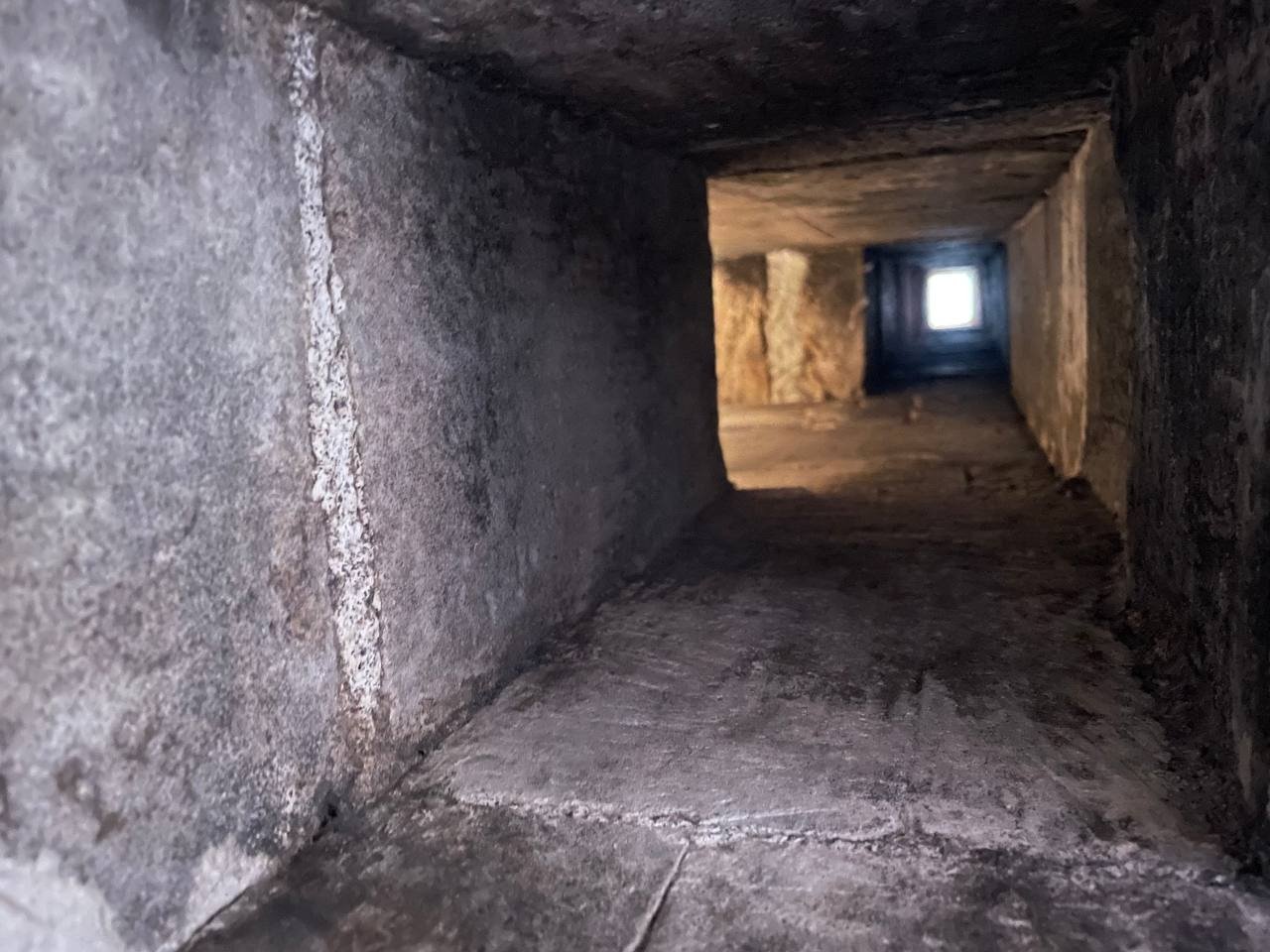© Turkuvaz Haberleşme ve Yayıncılık 2026
In the 238-year-old Ishak Pasha Palace, one of the most important works of the Ottoman Empire in Anatolia, researchers believe the traces of a "central heating system" have been found.
Described as the "Passage of Civilizations," Ishak Pasha Palace in the Doğubayazıt district of eastern Ağrı province attracts many tourists to the region. Built in the Ottoman period, the palace bears the traces of the decorative arts of the great Seljuk Empire and was included in the UNESCO World Heritage Tentative List more than 20 years ago.
The historical palace with 116 rooms, located on a hill at an altitude of 1,900 meters (6,200 feet), is a favorite for visitors with its mosque, walls, tomb, inner and outer courtyards, divan and harem halls. As one of the most magnificent historical buildings of the eastern Anatolia region, it stands out with its historical artifacts, decorations and its design that resembles an eagle's nest.
Researchers believe they have also found traces of a complex central heating system in the historical palace, located in a region where winter conditions are harsh.
Professor Yakup Karataş, the head of the history department at Ağrı Ibrahim Çeçen University's Faculty of Science and Letters, told Anadolu Agency (AA) that Ishak Pasha Palace is among the most important works that reflect the palace architecture of the Ottoman period.
Expressing that a debate on whether the palace was heated with the central heating system is still ongoing, Karataş said: "Whether the central heating system is implemented in such difficult geography is a controversial issue. In our observations in the palace, we have seen the existence of individual heating furnaces in each of the small rooms. But during our research, especially in the harem part of the palace and the baths, we found limited traces of a central heating system. It was concluded that the allegations regarding this issue were not groundless. Although it is difficult to claim that the whole palace was heated from a single source, it can be said that certain parts of the palace were included in the central heating system or converted into a central heating system.”

Explaining that in the Ottoman state tradition the construction of palaces or palace-type public architecture outside the capitals was not allowed, which is why Ishak Pasha Palace was a very important structure, Karataş added: "In our on-site investigations, we got the impression that the spaces between the walls are heating channels, especially in the form of earth pipes. More serious arguments can be put forward on this heating system via the work of a team that will include experts in the field and perhaps engineers. We saw that some units adjacent to the bath were connected by channels on their walls. It is clear that those channels were not channels that evacuated the smoke of the fire burning in the palace's furnace, and therefore these channels made us think that the area might be heated by the central heating system."
